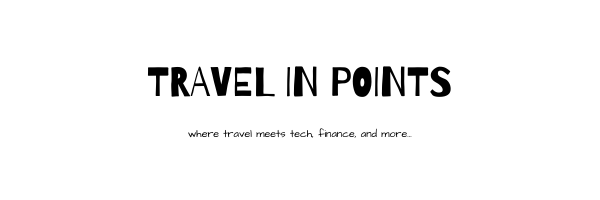I was collecting some data for another piece I was writing. Eventually the numbers became interesting enough that I chose to write a separate post about it.
The official data on price protection (rewind) are difficult to find so I will be quoting various sites that had recorded said data at the time their post was made.
2012
According to bucks blogpost from 2012, Citi had originally tested the program in 2012 and it is being expanded to all Citi cardholders. At the time, Citi had claimed to have “found lower price for about a forth of registered purchases over $100, and the average refund is $80”.
link to Citi press release on Price Rewind
2013
According to FrugalTravelGuy and businesswire, the average travel refund for 2013 was $85.
2014
I can’t find data on this year. Let me know if you do.
2015
According to an article posted by bankinnovation in May 2015, Citi had issued nearly 25,000 refunds totally $787,000 in 2015, with an average refund value of $31. This article does not mention the time period for price refund, so, let’s just be conservative and assume this is for time period January 2015 to May 2015.
According to an article posted on The Points guy Citi had issued “more than $2,000,000 in Price Rewind refunds through August of this [2015] year.
2016
According to an article posted by milesvalue, “Citi Price Rewind has saved cardholders $3,022,232 in January through June of 2016 alone at an average of $24.42 per refund.”
2017
According to an article posted on creditcards.com, “from January to September 2017, the average Price Rewind payment was $30.04 and that Citi has returned over $12 million to cardholders”.
According to a blog post on Earny, “last year [2017] Citibank paid out $18 million to their cardholders through Citi Price Rewind. That was over $49,000 in refunds a day.”
2018
According to the image (see below) taken from Citi’s price rewind site, the total claim from January to December of 2018 was 17544194 with 687477 payments and an average of $25.52 per payment.
2019
[no data available at the moment]
Tabulated Data
To make it easier to read, I have tabulated important bits of the data that was shared above. Please note that all data is not available for all years. In fact, for some years, I was only able to collect partial data.
| Year | Total Refund | Average Refund | Number of Refunds | Refunds per Day |
|---|---|---|---|---|
| 2013 | 85 | |||
| 2014 | ||||
| 2015 | 2000000 (Jan-August) | 31 (Jan-May?) | 2500(Jan-May?) | |
| 2016 | 3022232(Jan-Jun) | 24.42 (Jan-June) | ||
| 2017 | 18000000 | 30.04 (Jan-Sep) | 49000 | |
| 2018 | 17544194 | 25.52 | 687477 | 48066 |
| 2019 |
Remarks on the Data
Each column in above table is telling a story.
1. The Decline in Average Refund
The initial $85 in average refund might come as a surprise but don’t be because back then
- a lot less people were filing price protection
- the price difference/drop had to be at least $25 for one to initiate price protection
Nevertheless it is interesting to see how quickly average refund value dropped to around 30.
2. Enormous Growth in Number of Claims
It is freaky how we went from having mere 2.5k successful claim in roughly 5 months of 2015 to almost 69k in 12 months to 2018. Anyone who still thinks automated price protection filing apps didn’t massively contribute to annihilation of this benefit doesn’t know what they are talking about.
3. Refund Per Day
The fact that refund per day from 2017 to 2018 only changed by about $1000 is genuinely surprising. Think about it for a second.
Effective July 29, 2018, Citi had made following enormous negative changes to their program:
- The maximum benefit per item has been lowered to $200 (previously $500)
- The maximum benefit per calendar year per account has been lowered to $1000 (previously $2,500)
But remember this is also the time when apps were filing price protection on literally anything and everything that was eligible. To the casual users who were milking price protection because of automated apps, reducing those upper limit on individual claim barely even mattered.
Also, it probably did not help Citi that Discover had dropped price protection on October of 2018 and Chase had dropped price protection by the end of August of 2018.
4. Total Refund
In 2015, Citi paid 2 million over the course of first 8 months. The next year, Citi paid 3 million over the course of first 7 months. The next year, i.e. 2017, Citi paid 18 million. Yes, the data points from 2015 and 2016 don’t include the massive sale season that is Q4, nevertheless it is pretty easy to see the ridiculous bump on payments.
2017 is when automated price protection apps like Earny and Sift rose to popularity. They were talked about in almost every single finance or credit card related blog. These apps were even featured on big news sites and television!


